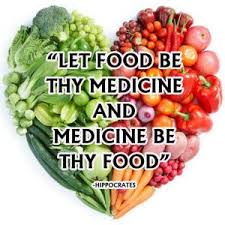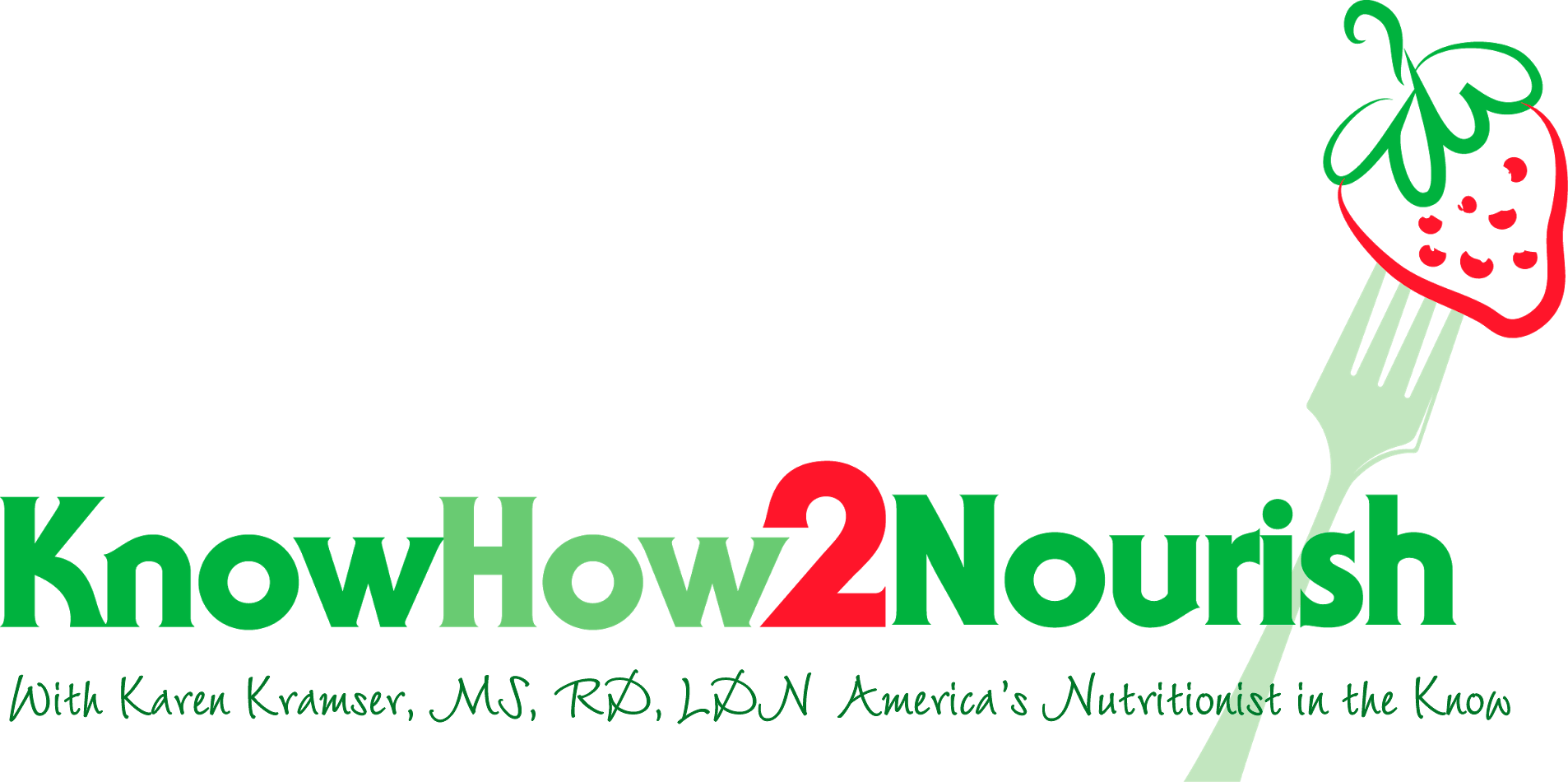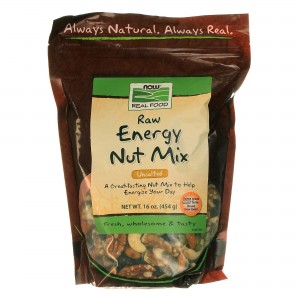
Are you or someone you love experiencing an autoimmune condition or suffering from gastrointestinal distress of any kind? Not too long ago, I was in the same situation. The diagnosis of an autoimmune thyroid condition left me puzzled and wondering what could possibly be the cause of an over active thyroid gland? I ate healthy, exercised, didn’t smoke or drink alcohol and was considered a health nut by anyone who knew me. I started digging for answers and was amazed by what I uncovered. Read on to find out about one of the key components I used to help reverse hyperthyroidism naturally!
A growing body of evidence is showing that the digestive tract or “gut” is at the core of human immunity. When the human gut is out of balance it’s considered to be in a state of “dysbiosis”. Once a person’s gut is in a state of dysbiosis the good bacteria are out of balance with the bad or pathogenic bacteria causing a “leaky gut”. Most people with autoimmune conditions, like hyperthyroidism and rheumatoid arthritis have a leaky gut.
What are some of the causes of a leaky gut that is out of balance?
- Antibiotics, taken intentionally by prescription and antibiotics fed to livestock that we eat
- NSAIDs (pain medications like Ibuprofen)
- Prescription pain medications & steroid medications
- Gastrointestinal infections
- Alcohol
- GMO’s (Genetically modified foods)
- Parasitic infections & bacterial infections
- Eating processed foods
- Gluten containing foods such as wheat (bread, pastas, cookies, cakes, etc.)
- Pesticides sprayed on foods that we eat
- Eating too many refined, sugary foods (soft drinks, cookies, cake, candy, donuts, ice cream)
What can you do to fix a leaky gut and restore health and immunity naturally? The best place to start is by eating whole food, as close to its natural state as possible. If your great grandparents ate it, then it’s probably good for you today. Remember that once upon a time, all food was organic. Leafy greens are especially important to eat every day. The fibers in leafy green veggies nourish the good gut bacteria. An easy way to incorporate more leafy greens into every day meals is by making smoothies. I have a green smoothie for breakfast every day. Check out this past Know How 2 Nourish blog post for my favorite green smoothie recipe.
Taking the functional food, bovine colostrum along with with a good probiotic, every day is one of the cornerstones of healing a leaky gut. Bovine colostrum is a universal colostrum donor to all mammals and is like a magic bullet for gut health. It contains growth factors and hormones to help repair the delicate intestinal lining, restoring gut integrity. Once gut integrity is resorted, the immune system will have the chance to heal, returning the body to a state of balance and normalized immune function . As an added benefit, colostrum has been proven to increase lean body mass after workouts! Body Boost is the brand of colostrum that I use. The benefits of colostrum are too numerous to mention here, so I encourage you to do your own research. You’re going to be amazed at what you find!
Improving the integrity of your gut lining, by focusing on eating whole, nutrient dense foods and incorporating bovine colostrum into your daily routine is a key component of restoring and maintaining proper immune system function. Once your immune system is working properly, autoimmune conditions have a much better chance of going into remission. I’m thrilled that my thyroid hormones are completely back within the normal range and a big part of the credit goes to colostrum and probiotics!
Until Next Time,
Karen
Xo
References:
1. The effects of bovine colostrum supplementation on body composition and exercise performance in active men and women. Antonio J, et. al, University of Delaware, Sports Science Laboratory, Newark, Delaware 19176, USA; Nutrition. 2001 Mar;17(3):243-7
2. Playford RJ, Macdonald CE, Calnn DP, Floyd DN, Podas T, Johnson W, Wicks AC, Bashir O, and Marchbank T; Co-administration of the health food supplement, bovine colostrum reduces the acute nonsteroidal anti-inflammatory drug induced increase in intestinal permeability; Department of Gastroenterology, Imperial College School of Medicine, Hammersmith, Du Cane Road, London W112 ONN Department of Gastroenterology Leicester General Hospital and SHS International Ltd. Clinical Science (2001) 100, 627–633; The Biochemical Society and The Medical Research Society.
3. Carver JD, Barness LA. Trophic factors for the gastrointestinal tract. Clinical Perinatology, 23(2):265–-285 (1996).
4. Playford RJ, Woodman AC, Clark P, Watanapa P, Vesey D, Deprez PH, Williamson RC, Calam J.
Effect of luminal growth factor preservation on intestinal growth. Lancet, 341(8849):843–848 (1993).
5.Playford RJ, Floyd DN, Macdonald CE, et al. Bovine colostrum is a health food supplement which
prevents NSAID induced gut damage. Gut, 44:653–658 (1999)











